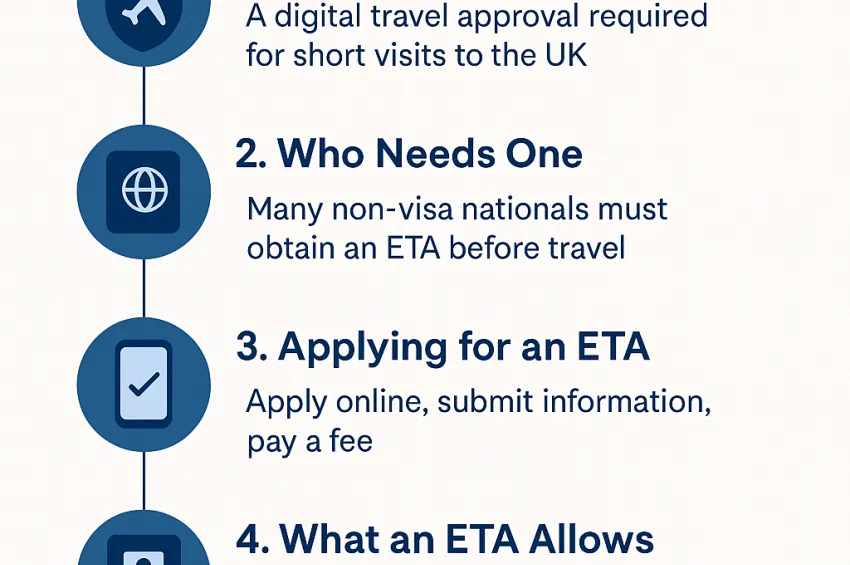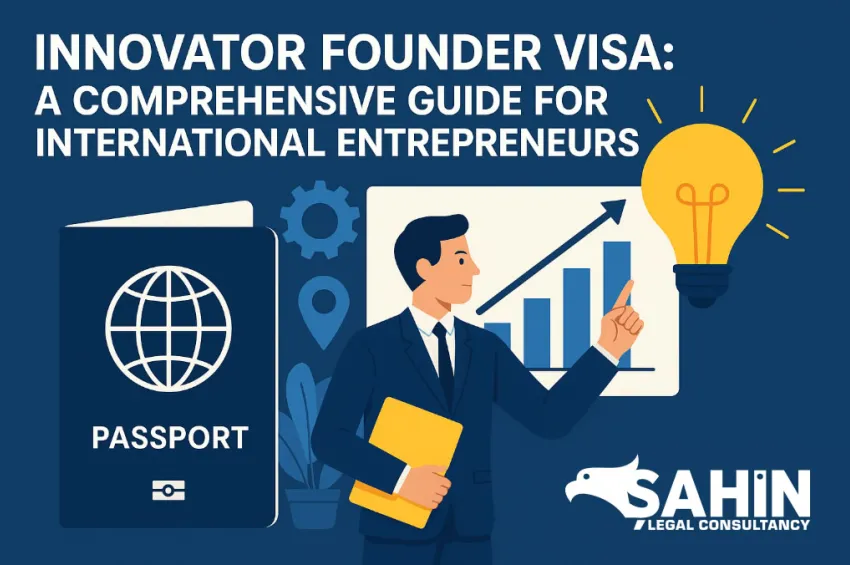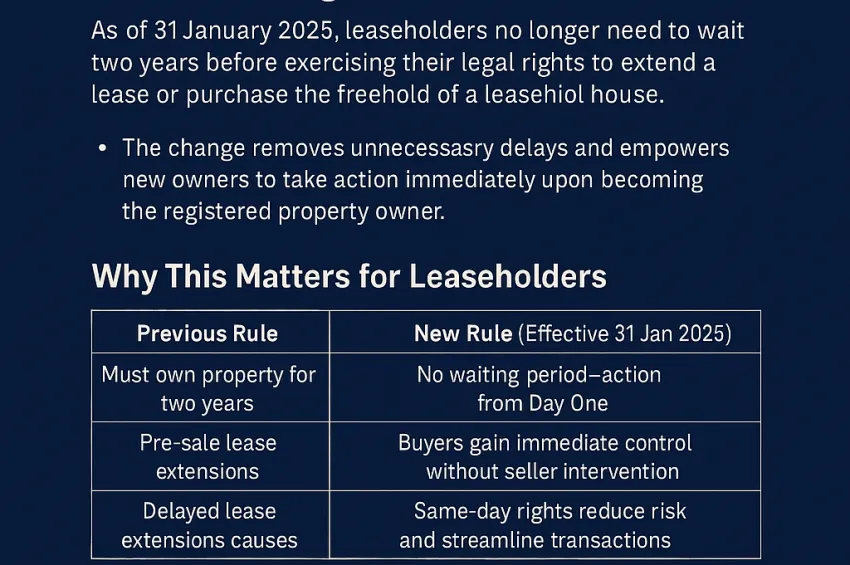
Introduction: Sponsoring a family member to join you in the UK is a detailed legal process governed by the Immigration Rules, primarily Appendix FM. As of 2025, the core requirements remain stringent, with recent updates focusing on financial thresholds and clarifications in guidance. In the year ending September 2024, over 86,900 family visas were granted, a 7% rise from the previous year , reflecting growing demand and enforcement of these rules. This guide outlines who can be a sponsor, which family members qualify, and the key requirements – from financial criteria to English language – under the latest UK Family Visa rules.
Who Can Sponsor and Who Can Be Sponsored
Eligible Sponsors: Generally, you can sponsor a family member if you are a British citizen or settled in the UK (i.e. hold indefinite leave to remain or permanent residence). Those with refugee status or humanitarian protection can also sponsor immediate family under special reunion rules . (If you are in the UK on a temporary visa like a Skilled Worker, your family members would apply as PBS dependants under different rules, not the family visa route.) The sponsor must intend to live together with the relative in the UK and accept responsibility for them. Sponsors are subject to “suitability” assessments too – e.g. serious criminal convictions can disqualify sponsorship in order to protect public safety (this is part of general grounds of refusal in the Rules).
Eligible Family Members: UK immigration law strictly defines which relatives can be sponsored under family visas. The main categories include :
-
Spouse or Partner: Your husband, wife, civil partner, or unmarried partner (including same-sex) can qualify, provided you can prove a genuine and subsisting relationship. Fiancés(e) or proposed civil partners can also be sponsored for a 6-month visa to marry in the UK and then switch to a Spouse visa.
-
Child: Your children under 18 can join you if you are their parent. You must have sole or shared parental responsibility, and adequate accommodation and care arrangements in place. In cases of divorce, usually the sponsoring parent must be the one the child will live with in the UK.
-
Parent: If you are a British or settled child under 18, your parent can apply to come to the UK to care for you (this is typically for a sole parent when the other parent is deceased or not in the child’s life). Strict requirements apply to prove why the parent must be in the UK.
-
Adult Dependent Relative: This category is for sponsoring an adult family member (like an elderly parent or grandparent) who needs long-term personal care due to illness or disability. Note this route is extremely tough – the relative must prove they require daily help with basic tasks and that such care is unavailable or unaffordable in their home country. Only then will a visa be granted to join a sponsoring child or sibling in the UK.
Each category has detailed criteria. For example, partners must show they have met in person and their marriage or relationship is genuine (not a sham for immigration purposes). A child’s other parent may need to consent to the move. The Adult Dependent Relative route has a high refusal rate due to its stringent evidentiary burden. It’s crucial to check the specific eligibility rules in Immigration Rules Appendix FM for your family relationship type.
Key Requirements for the Family Visa Route
Sponsoring a family member involves meeting several mandatory requirements:
-
Financial Requirement: The sponsor (and applicant jointly, if the applicant is working in the UK) must show a minimum level of income or savings to support the family member without reliance on public funds. As of April 2024, the minimum income threshold (MIR) was raised to £29,000 for a partner or spouse visa . This is a significant increase from the previous £18,600, intended as part of immigration reforms to reduce net migration. In practical terms, you and your partner must have a combined gross annual income of at least £29,000 . This baseline covers up to two children as well – ordinarily, £3,800 is added for the first child and £2,400 for each additional child, but under current rules the required income is capped at £29,000 total . For example, a sponsor with three children would not need to show more than £29,000 (even though under old rules the formula would have demanded ~£32,000).
-
Sources of Income: Income can come from employment, self-employment, pension, or specified non-employment income of the sponsor or applicant. Savings can also be used to meet the requirement (lump sums above a certain threshold can offset income shortfalls). For instance, to make up for no income, a couple could use savings – roughly £88,500 would be needed in cash savings to meet the requirement entirely via savings, given the formula (shortfall × 2.5 years + £16,000). Most sponsors combine salary and savings or other sources.
-
Transitional Exceptions: Importantly, the £29,000 threshold applies to first-time applicants (those who applied on or after 11 April 2024). If you already held a partner visa before that date and are extending, you remain subject to the old £18,600 threshold (plus any child additions) . Once a family route applicant qualified under a certain MIR, the Home Office has confirmed they will continue with that same requirement through to ILR. In other words, someone on the 5-year partner route who came in under £18,600 will still need £18,600 for their extension and settlement, whereas newcomers now need to meet £29,000 at each stage. Sponsors on certain disability or carers’ benefits are exempt from the income floor altogether – instead they must show adequate maintenance for the family member’s upkeep .
Recent Update: The hike to £29,000 has had a real impact: after it was announced, many rushed to apply before the change. Family visa applications peaked in early 2024, then dropped sharply after April 2024 once the higher MIR took effect .
The chart above shows family visa application numbers surging to a high in April 2024 (when many couples sought to beat the rule change), followed by a significant fall – a trend attributed by the Home Office to the new £29,000 income rule . While further increases to the threshold (to £38,700) were proposed by the previous government, as of mid-2025 the MIR is held at £29,000 pending a formal review . It remains a considerable hurdle for many families, so careful financial planning and documentation are essential.
-
Accommodation: You must show that you have adequate accommodation in the UK for your family member (and any dependants) to live without overcrowding or recourse to public housing. Typically, this means providing a tenancy or property deed, and evidence that after your relative arrives, the housing won’t be statutorily overcrowded. There isn’t a fixed income linked to this, but caseworkers examine whether the accommodation is sufficient and that you can afford it alongside your other expenses. A sponsor usually provides a letter and documents proving home ownership or rental agreement, plus local council overcrowding standards if needed. This requirement ensures the family will have a stable home in the UK.
-
English Language Requirement: Spouses/partners (and many adult dependants) must prove basic English language ability. For a partner visa, the applicant must pass an approved English test at CEFR level A1 (speaking and listening) for the initial entry . This is a beginner level. After 2.5 years, when applying to extend the visa, they’ll need to show a higher level A2 if they only met A1 initially . By the time of applying for indefinite leave to remain (after 5 years), a B1 English test pass in speaking and listening is required. Applicants who have a university degree taught in English can use that as evidence instead, subject to UK Ecctis verification for overseas degrees . There are exemptions – for instance, nationals of majority English-speaking countries (e.g. USA, Canada, Australia, and now Malta as of 2025) are exempt from testing . Likewise, those over 65 or with certain physical or mental conditions are exempt . Most applicants, however, need to plan for the English test at each stage.
-
Relationship Evidence: A cornerstone of family visa applications is proving the genuineness of the relationship. Marriage certificates alone are not enough – you should include documents showing you have lived together or kept in close contact, have joint finances or other commitments, and generally that your relationship is subsisting. Examples include joint bank statements, a lease or utility bills in both names, photos together over time, travel itineraries, communication records, etc. The Home Office may even interview the applicant or sponsor. This evidentiary requirement is crucial to prevent sham marriages. Common mistake: providing insufficient proof of the relationship is a frequent reason for refusal on partner visas . Ensuring you have ample evidence of your life together is vital.
-
Tuberculosis and Other Checks: Applicants from certain countries must obtain a TB test clearance certificate from an approved clinic. Additionally, all applicants undergo security and background checks. The sponsor may be asked to provide an overseas police certificate if they have lived abroad with the applicant (to ensure, for instance, there are no undisclosed criminal records). Sponsors who have unspent criminal convictions for offenses against children or similar may face refusal under the suitability criteria – each case is reviewed for risks.
-
Immigration Status & Intent: The applicant must intend to live with the sponsor in the UK permanently and meet the immigration status requirements. If applying from outside, they need a valid entry clearance (visa) before travel. If applying from inside the UK, they must not be here as a visitor or on a short-term visa (switching into a partner visa from a visit visa is not allowed). Overstaying can bar an application unless there are exceptional circumstances. It’s also expected that both sponsor and applicant will make the UK their main home (the Home Office may question if, for example, the sponsor spends most of their time abroad – that could cast doubt on the genuine need for the family member to come).
The Application Process and After Sponsorship
Application Submission: All family visa applications are made online on the gov.uk website. The sponsor typically provides a sponsorship undertaking and supporting documents. The applicant will need to attend a biometric appointment to give fingerprints and photo. As of 2025, many documents can be scanned and uploaded electronically through the Visa Application Centre systems, and some applicants (in certain countries) can use a smartphone app to prove identity. Processing times can vary – standard service is about 12 weeks from overseas, though the Home Office has struggled with backlogs in recent years (e.g. resources were diverted in 2022 to Ukraine schemes, slowing family visas ). There are priority services available in some locations for a fee.
Decision and Conditions: If approved, the family member typically gets a 33-month visa (if applying from abroad) or 30-month extension (if already in the UK), under the 5-year route to settlement. They must then complete 5 years of continuous residence and meet all requirements (financial, relationship, English, and pass the Life in the UK test) to apply for Indefinite Leave to Remain (ILR). (Notably, despite government discussions about extending all settlement routes to 10 years, it’s not expected to affect family visas – family migrants still qualify for ILR after five years of qualifying residence on the 5-year route.) The visa will have a condition of No Recourse to Public Funds, meaning the family member cannot claim most state benefits. They are however allowed to work in the UK and use services like healthcare (the Immigration Health Surcharge they pay covers NHS use).
Sponsorship Responsibilities: When you sponsor, you are effectively vouching that your family member will follow the visa conditions and not become a burden on public resources. The Home Office may ask for evidence of ongoing compliance, especially at extension stage (for instance, updated proof of income and cohabitation). If circumstances change – e.g. the relationship ends – there is an obligation to report that, as it could invalidate the visa. Sponsors should be mindful that they might need to support their relative financially for some time in the UK until the latter can work or if they cannot work.
Conclusion: The UK’s family visa sponsorship rules in 2025 remain complex, and recent policy changes (like the higher income requirement) reflect a tightening landscape aimed at ensuring migrants are financially independent. To successfully sponsor a spouse, child, or other family member, careful preparation is essential. Ensure all required documentation is provided and up-to-date: proof of income (payslips, bank statements), proof of accommodation, proof of relationship, English test certificates, etc. Double-check against the latest Home Office guidance (which is frequently updated – for example, evidentiary rules in Appendix FM-SE were refined to accept alternative documents like academic transcripts as proof of English in certain cases ). Minor mistakes or omissions can lead to refusal and significant heartache. Given that thousands of family visas are rejected each year often for avoidable reasons , it may be wise to seek legal advice from an immigration solicitor to navigate the process. By fulfilling the financial, accommodation, and relationship requirements – and staying abreast of rule changes – you can reunite your family in the UK and do so with confidence in 2025.
-















